History & Fun Facts
Our Future Started Over 130 Years Ago
North Carolina State University is a Land Grant Institution founded in 1887.
Established under the 1862 Morrill Land-Grant Act, it was argued that “NC State will provide a ‘liberal and practical education’ while focusing on military tactics, agriculture and mechanical arts without excluding classical studies.”
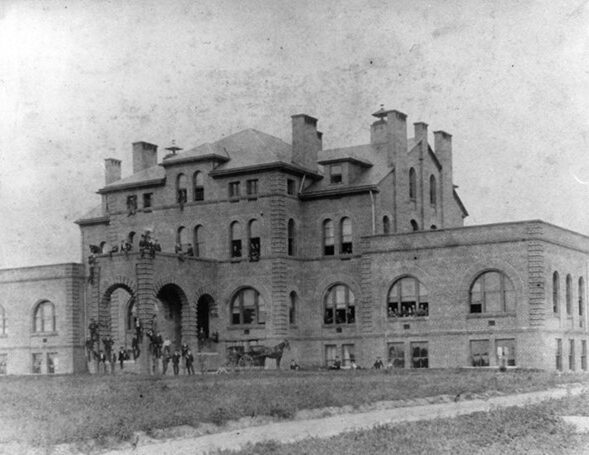
Under considerable pressure and not without controversy, the General Assembly passed the act which authorized the establishment of the North Carolina College of Agriculture and Mechanic Arts on March 7, 1887.
The brand-new school held its first classes in the fall of 1889 with 72 students, six faculty members and one building.
Courses in agriculture, horticulture, pure and agricultural chemistry, English and bookkeeping, and mathematics and practical mechanics were offered.
The Name
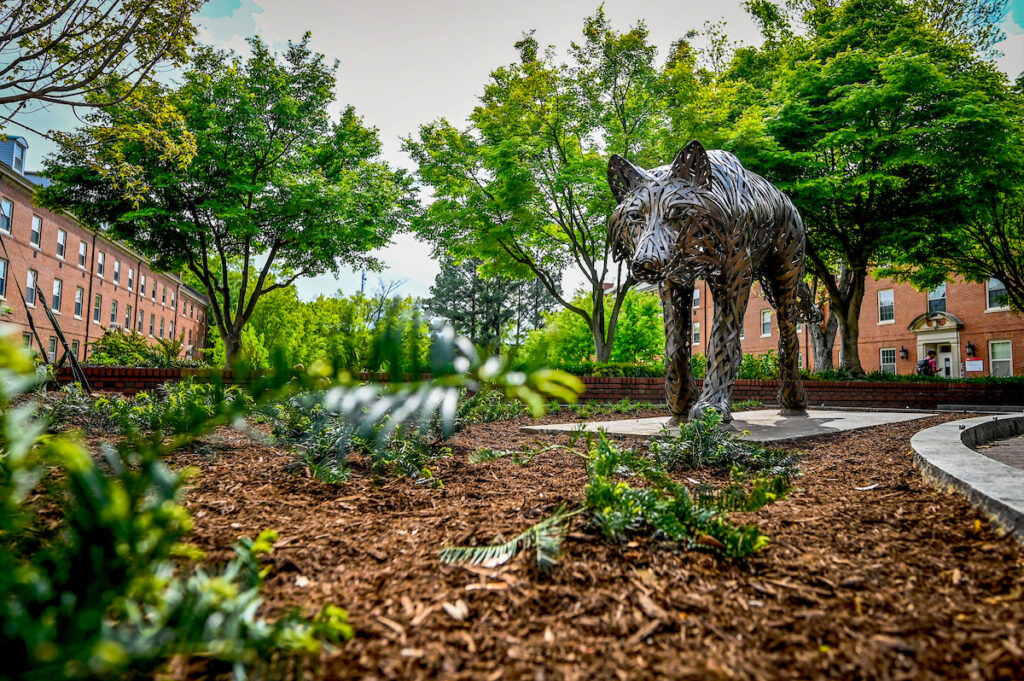
Becoming NC State University
1887: North Carolina College of Agriculture and Mechanic Arts
The University was established under the auspices of the federal Morrill Act of 1862, which allowed the U.S. government to donate federally owned land to the states for the purpose of establishing colleges that would teach “agriculture and the mechanic arts.”
NC State University was founded on March 7, 1887. Under considerable pressure and not without controversy, the General Assembly passed the act which authorized the establishment of the North Carolina College of Agriculture and Mechanic Arts.
The brand-new school held its first classes in the fall of 1889 with 72 students, six faculty members and one building.
The first faculty of six professors offered courses in agriculture, horticulture, pure and agricultural chemistry, English and bookkeeping, and mathematics and practical mechanics. President Alexander Quarles Holladay served as professor of history. Courses in military science and physics were added later.
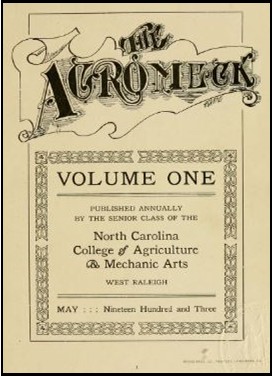
1917: North Carolina State College of Agriculture and Engineering
In 1917 the institution’s name was changed to North Carolina State College of Agriculture and Engineering. The substitution of the word “engineering” for “mechanic arts” was intended to reflect the increasing emphasis on the professional and theoretical aspects of technical education.
By 1930, our Popular Nickname: State College
Choosing a nickname for the college stirred up a lot of bad blood. Students and alumni favored the nickname “State College,” putting them at odds with administration and the Farmers’ Union in North Carolina who wanted the nickname “A&E.”
It was important to the Farmers’ Union to keep “agriculture” in the nickname. They felt that State College was not as comprehensive as A&E.
In March 1917 there was a unanimous vote by the student body supporting State or State College as the nickname for the University. The nickname of State College would follow a trend occurring around the country, where land-grant colleges were referred to as State colleges. As such, the nickname would be enough to let people know it was an agriculture and engineering school.

1963: North Carolina State of the University of North Carolina at Raleigh
During the early 1960s, State College sought to change its name to signify its new role as a comprehensive university. In 1962 Consolidated University administrators proposed the name “University of North Carolina at Raleigh,” outraging almost everyone associated with NC State and prompting protests.

In 1963, an unsatisfactory compromise resulted in “North Carolina State of the University of North Carolina at Raleigh.”
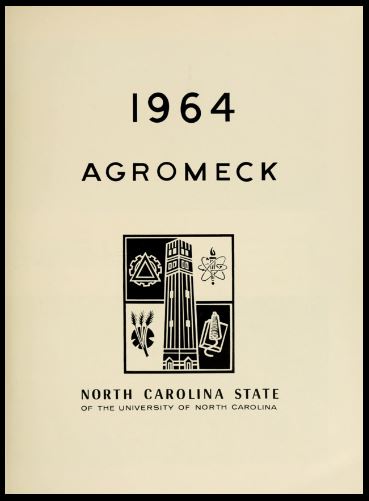
1965: North Carolina State University at Raleigh
After more political wrangling, the name was finalized as North Carolina State University at Raleigh in 1965. We drop the “at Raleigh” for convention and proudly refer to our University as NC State!
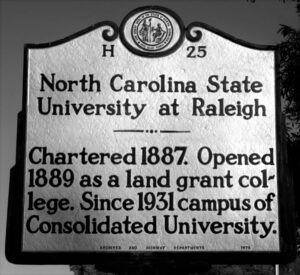
Becoming the Wolfpack
Learn how we adopted our name — and how our identity has evolved over a century.
The Main Building

The building behind the Bell Tower, now Holladay Hall, was originally known as Main Building.
It was the first and only building on campus when the doors opened on October 3, 1889.
The cornerstone was laid in August 1888; almost one year later while still under construction, most of the building was damaged by fire before it could open. There are many tales of suspicion around the cause of the fire, to include disgruntled ghosts.
Read about Holladay Hall’s Haunted History.
The original Main Building housed all of the college’s activities during its first year: kitchen, dining-hall, shop, and gym in the basement; offices, classrooms, and library on the first floor; and dormitory facilities for the first 72 students on the second and third floors.
The name of Main Building was officially changed in 1915 to Holladay Hall after Colonel Alexander Quarles Holladay, the first President for the College

Today the building is a registered North Carolina historical site and serves as the office building for several campus administrators to include the Chancellor.
Want to know more? Scroll through the Historical Timeline of Campus buildings, grounds and landmarks.
The Memorial Belltower
Explore the NC State Memorial Belltower with a Virtual Tour

Light it Red
Marye Anne Fox joined NC State in August 1998 as the University’s 12th Chancellor. One of her early initiatives to bring the campus community together, was to launch the tradition of lighting the Memorial Belltower red as a focal point for certain University celebrations.
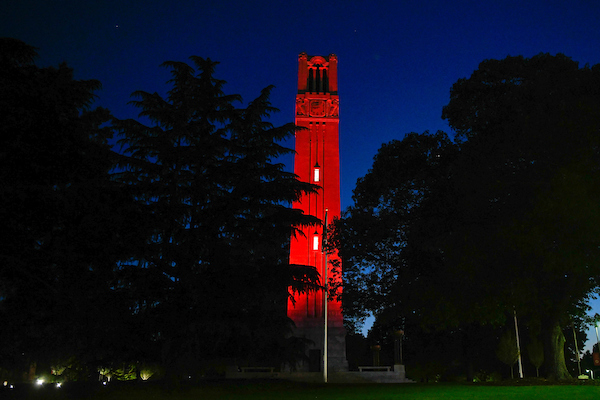
Red Worthy Occasions
- Holidays that honor our military:
- Veterans Day
- Memorial Day
- Patriot Day
- Commencement
- Big Athletic Victories
- Honorable Awards and Achievements by:
- Honorable wards and Achievements by:
- Faculty
- Staff
- Students